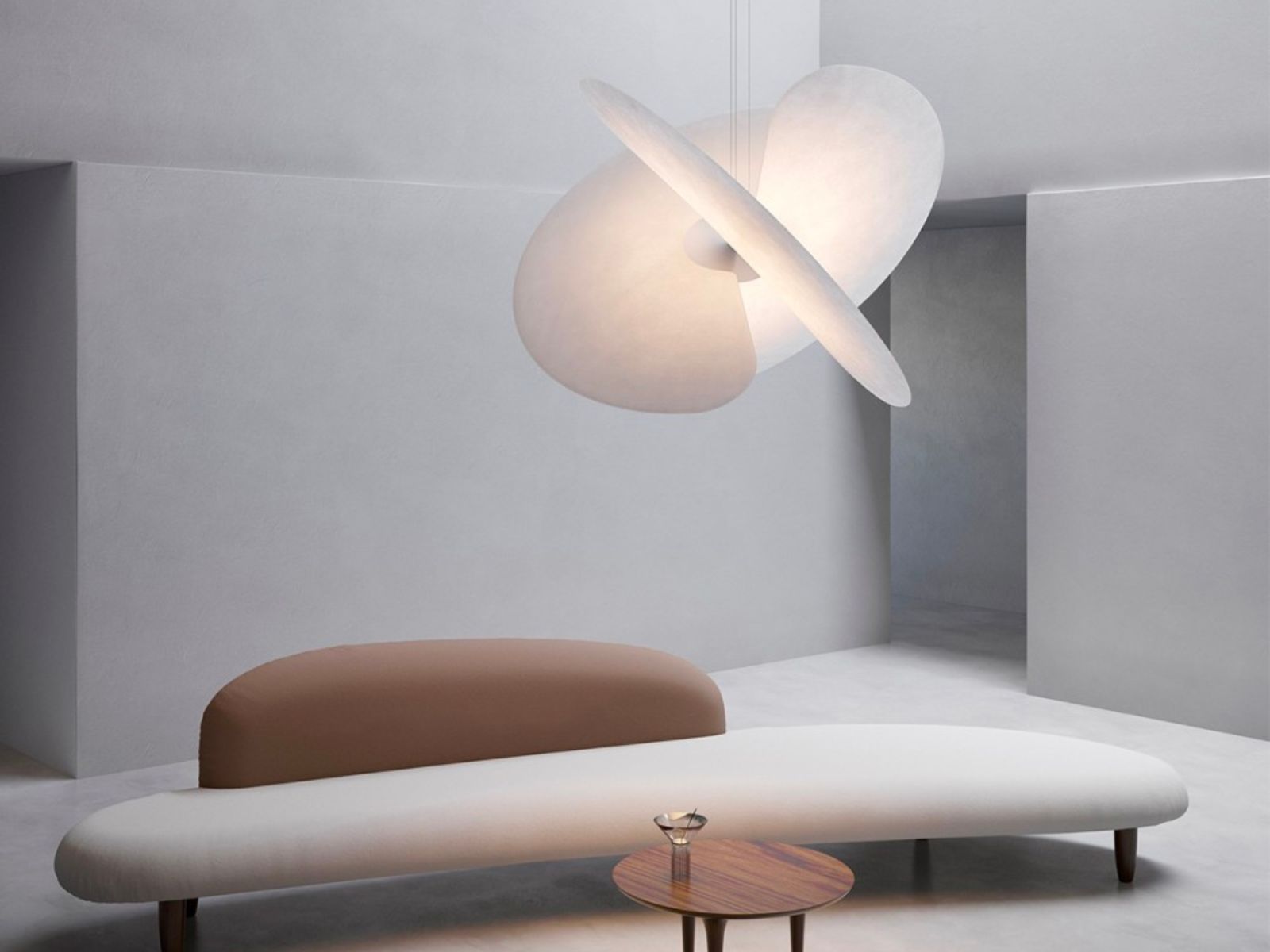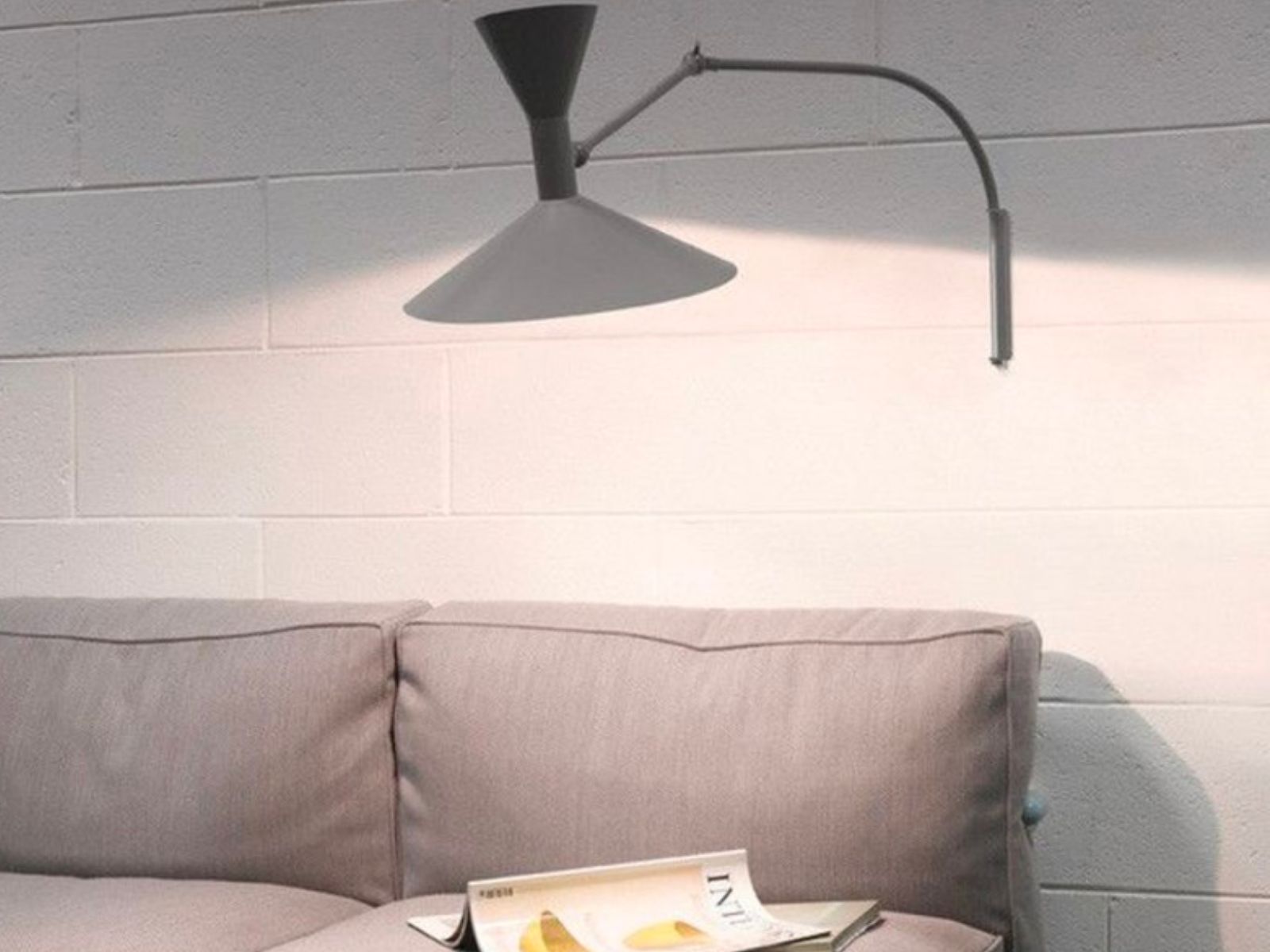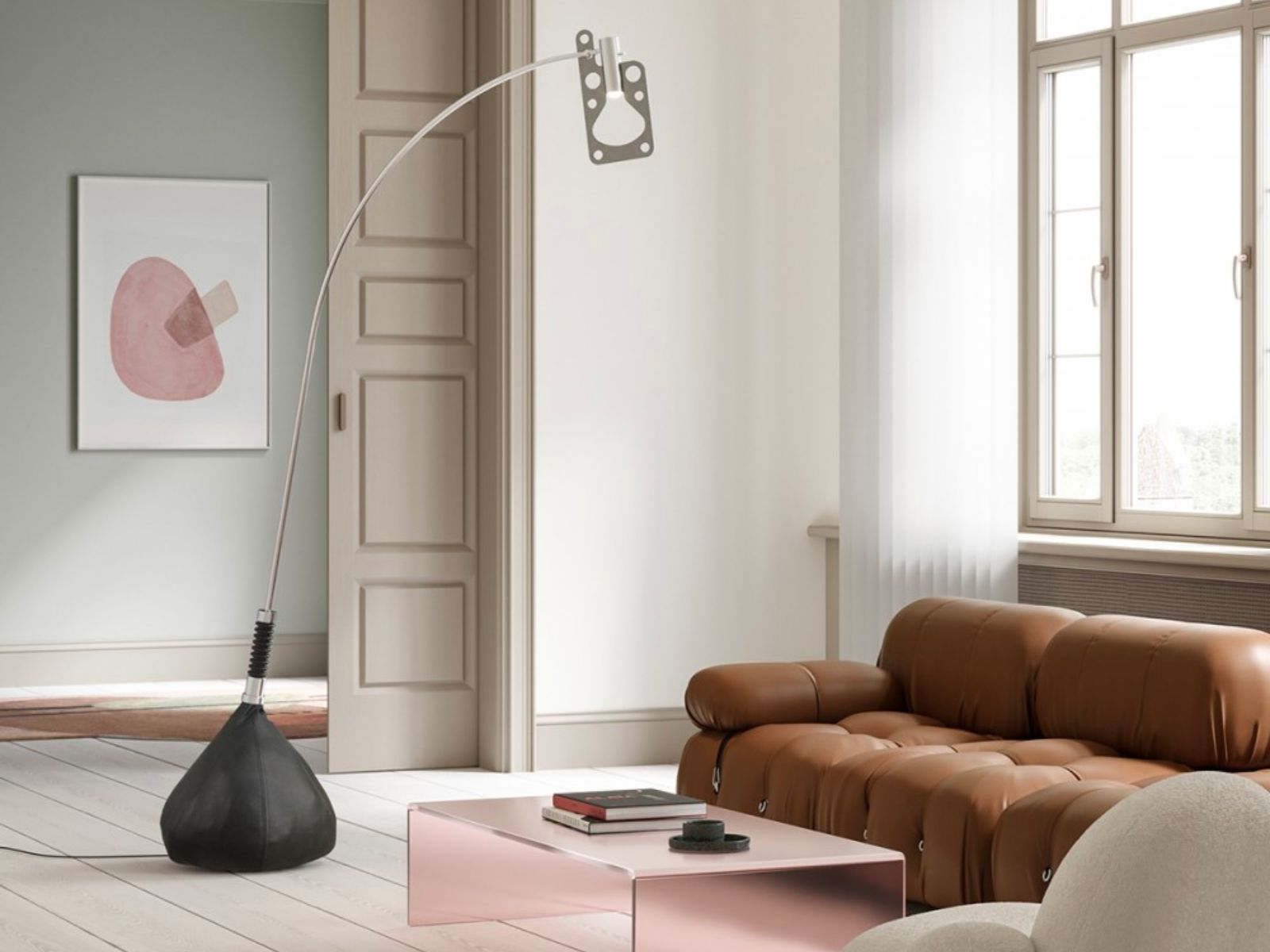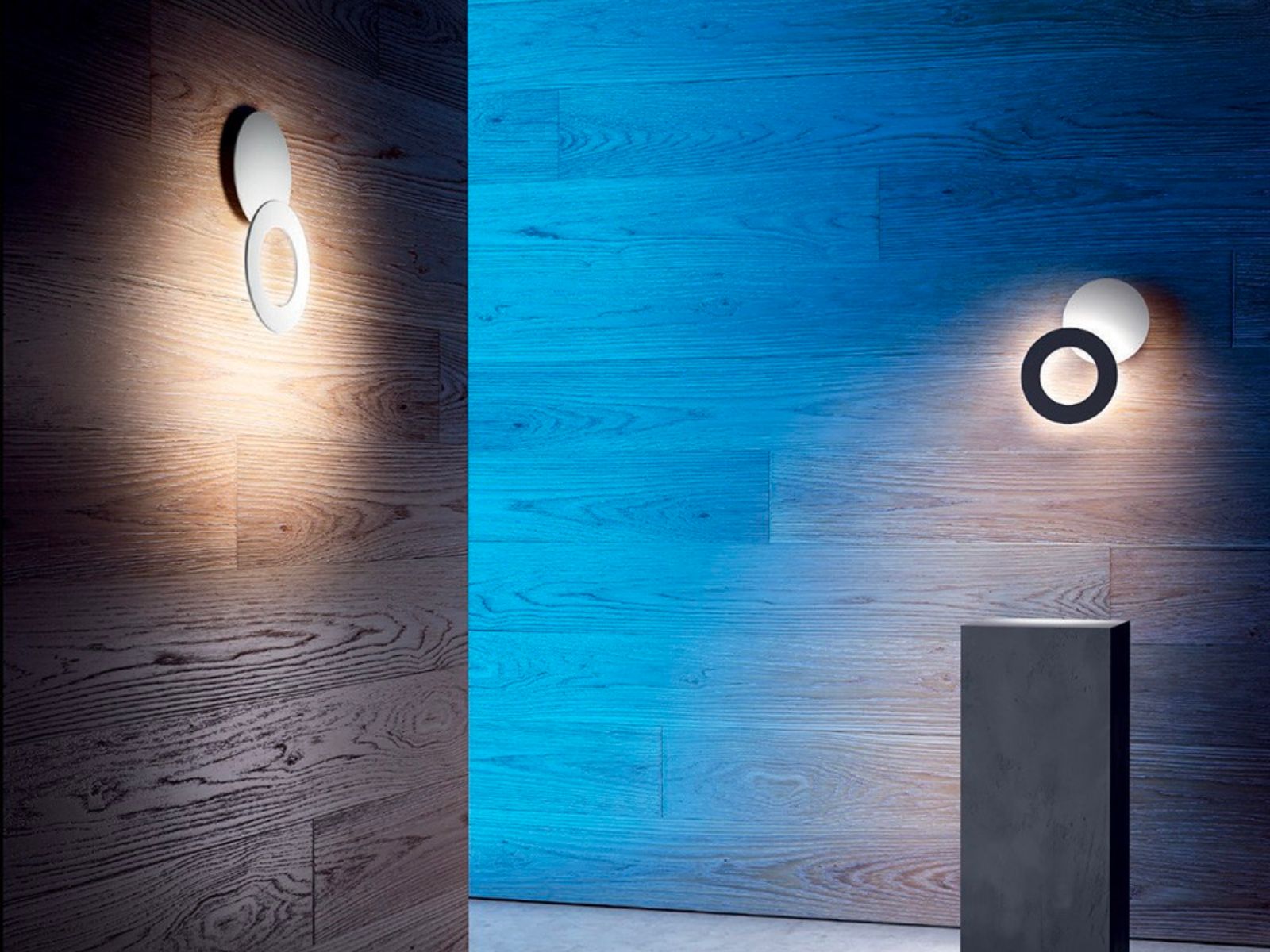- Lighting
- 6475 views
If you know how to design lighting for your living room, you can create the right lighting levels and atmosphere!
The right combination of lights creates the necessary light layers, making the space warm and relaxing for the evening, bright enough to read or do other activities during the day, or to evoke the perfect atmosphere for watching a movie and chatting with friends, for example.
In addition to considering the different types of lights that could be incorporated into the living area, the way in which they are arranged is also key to successfully planning living room lighting. This short but clear guide contains all the details you may need!
How to plan living room lighting

A single layer of lighting is never enough for the living room. This is because it is important to consider not only the centre of the ceiling, but also the walls, other areas of the ceiling, the floor, bookcases and occasional tables. This principle applies to more complex living areas as well as to compact and small ones.
In general, living room lighting should in any case consist of several layers to ensure that the space is well lighted, but also dynamic and able to perform at its best at all times of the day.
There are two main things to think about when layering the lighting in any room. Firstly, how you want to feel in the room, and secondly, what kind of activities you plan to use the room for. Asking yourself these questions allows you to combine functional activity lighting with decorative lighting to create the desired atmosphere.
Lighting types for the living area

There are three main types of lighting and every room in the home should include a combination of these.
Considering these three types of lighting is particularly important in living rooms, places in the home where many different activities are carried out at various times of the day and where the family is most likely to spend most of its time.
Ambient lighting
Think of ambient lighting as a base or canvas on which to paint a distinctive lighting picture. Ambient lighting is also called general or background lighting and provides a general illumination to your room.
In living rooms, this type of light comes from lamps such as ceiling lights, spotlights and fixed wall lights, as well as, of course, natural light from outside.
Work light
Work lights, exactly as one might imagine from the name, illuminate the area where you have to perform a task, whether it is reading, working or cooking.
In a living room, work lights normally include table lamps, adjustable floor lamps, swing arm lamps and movable wall lights. It is advisable for task lighting to be easily adjustable so that it can be adapted to individual needs and the most varied times of day.
Accent lighting
Accent lighting exists to highlight favourite objects, areas and furnishings. In addition to creating atmosphere and influencing mood, accent lighting is used to highlight architectural features and important objects in the home, as well as to distract attention from what one dislikes.
In a living room, accent lighting would normally include picture lights, recess lighting and interior lighting for cupboards, bookcases or corners.

The best lighting combination for the living area
Leading lighting experts recommend at least eight different lighting sources in the living area. This may sound a lot, but once you consider all the different options available - from ceiling and wall lights to floor and table lamps, as well as more natural sources such as candles and fireplaces - we can guarantee that this is a realistic and achievable goal.
Start by using a large centralised ceiling light to create a uniform layer of background lighting. Then design a combination of dimmable task lights, such as floor and table lamps, throughout the room to adapt the atmosphere of the living area to daytime, evening and nighttime needs. Then use accent lighting to highlight the architectural features of the room and the objects or furnishings you like best.
Downlights can be used in addition to a central light: choose those that can be angled towards structural parts of the living room (such as walls, columns and stairs) or living area curtains, which will reflect their light. Also consider using uplights, especially if there is a fireplace in the room, thus turning it into a characterful and remarkable object even when not in use.
You could also adapt LED strip lighting to shelves or bookcases to illuminate objects on display.
How to arrange lights in the living room

You are definitely the best person to plan the lighting of your living room, as you know all the ways you will use this space and you know the atmosphere you would like to recreate.
If you are keen to plan the lighting of the living room yourself, discuss with your family and make a list of all the daily or recreational activities that will take place in the living area, from watching movies to playing board games, from reading to homework, from having drinks with friends and family to just relaxing.
Then make a second list of all the features - architectural or decorative - in the room that you would like to highlight, e.g. design objects or recesses.
As soon as you have the two lists, you can start planning the lighting you will need to support each activity and emphasise the living room's highlights. Draw a simple plan of the room and then indicate where to put the lighting and, most importantly, what kind.
For example, where do you need a table lamp for easy reading? Which walls need wall lights as an alternative to a ceiling light?
It is a good idea to identify the different types of lights in the final lighting plan with colours or shapes. Choose one colour for those that are wired, e.g. ceiling and wall lights, and a different colour for those that are plugged in, e.g. floor and table lamps. This will help you simplify the choices you make and make better decisions about the layout, but it will also be of great help to any electricians, interior designers or builders involved in the project.

